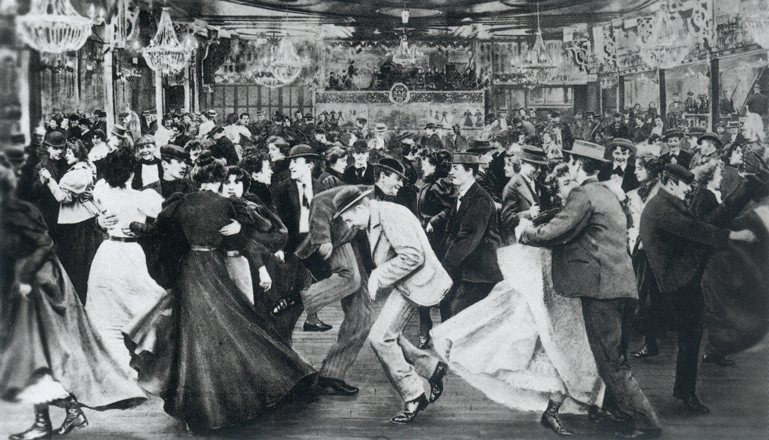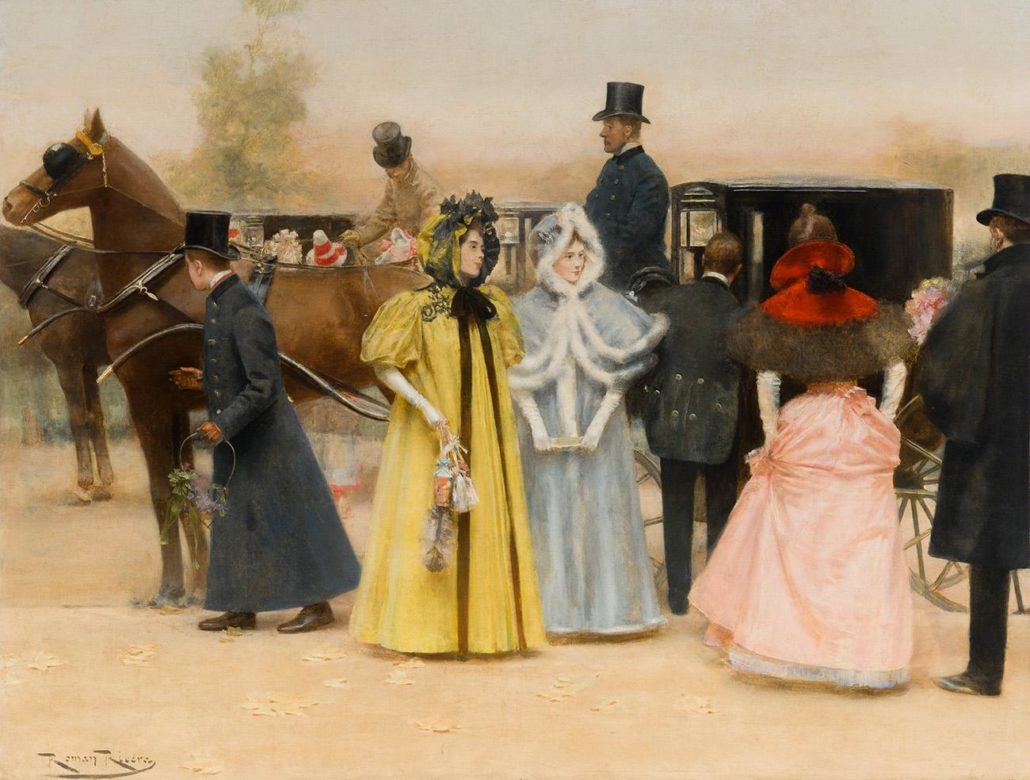Román Ribera, painter of the Belle Èpoque.
The dizzying transformation of the French capital during the last third of the 19th century, the result of the urban renovation promoted by Haussmann, with its avenues and boulevards where the burgeoning bourgeoisie would wear their finery, made all of Europe fix its eyes on Paris. .
And of course, the role of artists in the Paris of the Belle Èpoque was decisive in realizing that emblematic image in which reality and myth intertwine.
Traveling to Paris and exhibiting in its elegant galleries was the dream of any art student. The Catalan painter Román Ribera settled in the city after studying in Rome, and soon his remarkable technical virtuosity caught the attention of dealers and collectors.
But Ribera has left a dent in the history of painting at the turn of the century not so much because of his technical skills but because of the anthropological sensitivity of his gaze. Was a great observer of urban customs, both of the upper bourgeoisie as from the troupe of clochards and desclasados who dozed on the sidewalks. However, the high number of commissions he received from the wealthy classes left him time to devote to portraying the most favored.
Thus, although he mainly represented Departures from the theater or the opera, such as the magnificent painting that Setdart is putting up for auction (see lot 35220683), he also represented the “epilogues” of parties and masked balls, with night owls and drinkers curing their hangovers together to the hallways.
The famous dealer Adolphe Goupil had helped the young painter to make his way to Paris, where after participating in the Universal Exhibition of 1978 he met with resounding success. Then began the influx of orders from businessmen who wanted to be immortalized with their family in the day to day of their luxurious habits.
What distinguishes Roman Ribera’s painting compared to other contemporary artists dedicated to celebrating the gay life of cabarets, cafes, boulevards and theaters, is that Ribera is not interested in capturing the immediacy of the event but rather in setting the scene in slow time, paradoxically opposed to the urban bustle.
This is especially evident in this painting, currently up for auction, entitled “Carriage and Figures” (from the collection of the Sala Parés in Barcelona). Even the space is uncertain, it has been sifted, so that Paris could be the same as Barcelona, where Ribera also made numerous paintings on this theme (exits from the Liceu). Two young ladies are the only ones whose delicate faces are shown to us, the woman and the gentlemen who are preparing to get into the carriage turning their backs to us. The servants and the coachman are also oblivious to our meddling. We see little of their faces, but their attitudes convey calm and deep self-absorption.
The precious detail with which Ribera describes the dresses, satin, gauze and furs contrasts with the vagueness of the place, which contributes to enveloping the scene with a timeless aura. Ribera was passionate about the Dutch painting of the golden century, which left his own stamp on his paintings, modern as well as classic.




